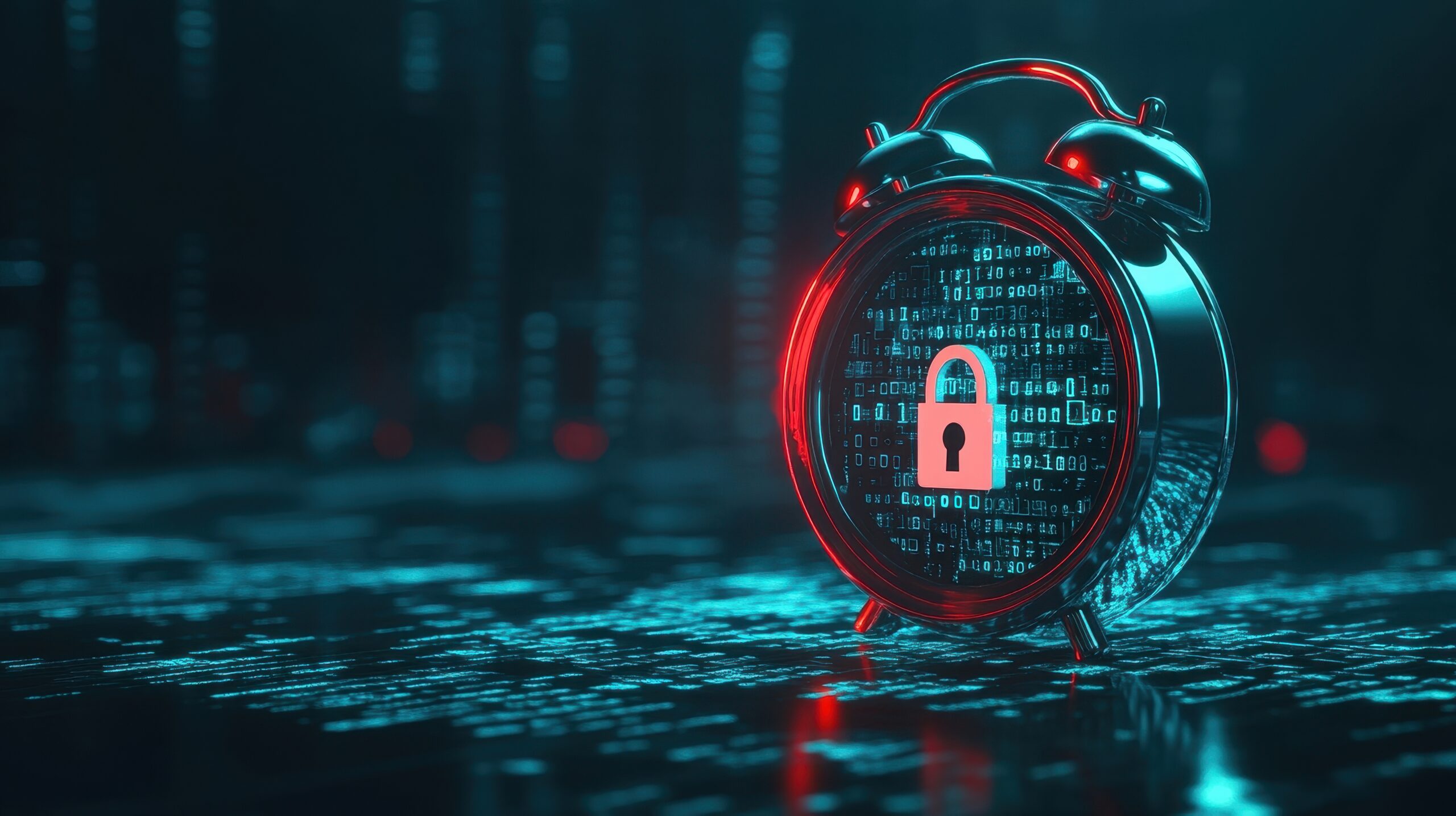
How CISOs Can Maximize Audit Committee Time
For most companies, cybersecurity oversight lives in the Audit Committee. This structure makes sense: audit committees already focus on risk, controls, and assurance. But it also means the CISO is usually one item on a very full agenda. Typically, the CISO has just 20 to 30 minutes on an agenda that also covers finance updates, audit progress, and other enterprise risks, including supply chain and product quality, privacy, AI policies, and ethics hotline trends.
Given this crowded docket, cybersecurity consistently ranks among the top two or three risks in a company’s enterprise risk management framework. The challenge for CISOs is to use their limited time to provide not just information, but insight: clarity on the company’s current risk exposure and confidence that the program is maturing.
Focus on the Essentials
Directors generally expect clarity on three main things, even if additional special topics arise:
Material Events and the Threat Landscape: Are there incidents that rise to the level of materiality? How are they being managed? What external trends, such as industry breaches, new vulnerabilities, or geopolitical factors, could affect us? The committee doesn’t need every detail, but it does need assurance that escalation processes work and that directors will not be surprised.
Cybersecurity Program Health: Is the organization’s posture improving quarter over quarter? What progress is being made against the roadmap of initiatives? Are risks being reduced and maturity increasing? Audit Committees also expect a recurring view of breach readiness: if an incident happened tomorrow, how quickly could critical operations be restored? Updates on workforce readiness, results from internal or external audits, and the status of top initiatives are also valuable here.
Governance and Regulation: Does the company have adequate budget, insurance, and audit coverage? Are roles and responsibilities clear across management and the Board? Is oversight keeping pace with regulation?
Consistency Builds Confidence
One CISO in our Security Impact Circle put it this way: “Risk reduction and maturity increase are what my board finds useful. As risk goes down and maturity goes up, they see the program progressing.” That clarity, presented consistently quarter after quarter, helps committees gauge whether posture is strengthening.
Another leader emphasized the importance of tracking both qualitative and quantitative progress: “Qualitative means how we’re advancing against frameworks like CIS or NIST. Quantitative is about trends. Are we moving in the right direction quarter after quarter?” That mix of narrative and data makes the story both credible and actionable.
Moving Fast Enough
Boards are also watching the pace of progress. As one CISO said, “My board cares most about how I can move faster, faster, faster. The question is: what do you need right now to accelerate?” Demonstrating velocity —whether by shortening recovery times, speeding up control implementation, or reducing exposure —signals that the program is not only well-designed but also responsive to the evolving threat landscape.
Why This Matters
The Audit Committee’s agenda may be crowded, but cybersecurity will always demand attention because of its potential to impact brand, financial performance, and reputation. The most effective CISOs don’t try to cover everything. They cover the essentials, demonstrate consistent progress, and provide context that enables directors to fulfill their oversight responsibilities.
When done well, this engagement does more than meet compliance expectations. It builds alignment between security leaders and directors, shapes smarter investment decisions, and strengthens enterprise resilience. Ultimately, what Audit Committees need is assurance: that material risks are managed, that posture is improving, and that the company is ready to respond if things go wrong.
When CISOs deliver that assurance with clarity, they earn not just time on the agenda, they earn lasting trust in the boardroom.
In the next post, I’ll explore how CISOs can build trust not just through what they share, but also how they frame and deliver it. That includes strategies like meeting with committee members between formal sessions to avoid surprises, and framing technical updates as business risks and opportunities.

